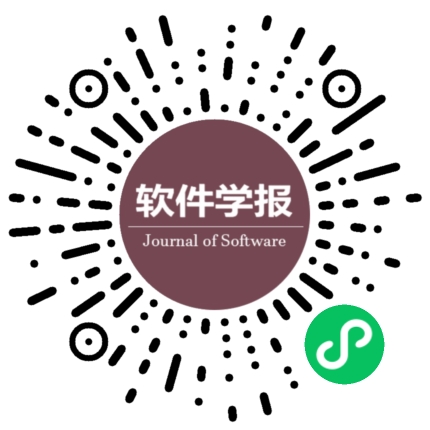不经意传输协议研究综述
作者:
作者单位:
作者简介:
高莹(1977-),女,博士,副教授,博士生导师,CCF高级会员,主要研究领域为隐私计算,密码学应用;刘翔(2000-),男,硕士生,主要研究领域为代理隐私集合求交;李寒雨(1996-),男,硕士生,主要研究领域为隐私集合求交,不经意传输协议;陈洁(1985-),男,博士,研究员,博士生导师,CCF专业会员,主要研究领域为公钥密码学;王玮(1998-),女,硕士生,主要研究领域为多方隐私集合求交.
通讯作者:
高莹,E-mail:gaoying@buaa.edu.cn
中图分类号:
基金项目:
北京市自然科学基金(M21033); 国家自然科学基金(61932011, 61972017, 61972156); 腾讯微信犀牛鸟基金
Survey on Oblivious Transfer Protocols
Author:
Affiliation:
Fund Project:
引用本文
高莹,李寒雨,王玮,刘翔,陈洁.不经意传输协议研究综述.软件学报,2023,34(4):1879-1906
复制相关视频
分享
文章指标
- 点击次数:
- 下载次数:
- HTML阅读次数:
历史
- 收稿日期:2021-12-10
- 最后修改日期:2022-01-27
- 录用日期:
- 在线发布日期: 2022-07-22
- 出版日期: 2023-04-06
文章二维码

您是第位访问者
版权所有:中国科学院软件研究所 京ICP备05046678号-3
地址:北京市海淀区中关村南四街4号,邮政编码:100190
电话:010-62562563 传真:010-62562533 Email:jos@iscas.ac.cn
技术支持:北京勤云科技发展有限公司
版权所有:中国科学院软件研究所 京ICP备05046678号-3
地址:北京市海淀区中关村南四街4号,邮政编码:100190
电话:010-62562563 传真:010-62562533 Email:jos@iscas.ac.cn
技术支持:北京勤云科技发展有限公司



